If you love crafting with resin, you already know how magical it feels to watch liquid resin transform into a shiny, solid piece.
The secret behind this transformation is curing, which locks in strength and clarity. But what happens if you do not have a UV curing lamp on hand and only have a black light available?
Many crafters have asked this question, especially when starting out or experimenting with tools they already own.
In this guide, we will explore whether a black light can cure UV resin, what factors matter most, and the best alternatives to get the results you want.
Keep reading to discover practical tips that will save you time and frustration on your next project.
What Is UV Resin and How Does It Work?
UV resin is a liquid material that hardens when exposed to ultraviolet light. It is popular for making jewelry, keychains, small crafts, and even quick repairs because it cures much faster than traditional epoxy resin.
Here is how it works:
- ✅ UV light activates a chemical reaction inside the resin.
- ✅ The liquid turns solid as the reaction completes.
- ✅ The right wavelength and intensity are key for a smooth, strong cure.
You May Shop This UV Lamp
Resiners® 3-In-1 UV Light for Resin Curing
📌 Curious to learn more about UV resin? Check out this helpful guide: What is UV Resin.
What Is a Black Light?
A black light is a lamp that gives off ultraviolet light, usually in the UVA range between 365 to 400 nanometers. You have probably seen them at parties or in art displays where certain colors glow in the dark.
Key facts about black lights:
- ✅ They emit UVA light, which is weaker than UVB or UVC.
- ✅ They are designed for visual effects, not curing.
- ✅ Their strength and wavelength can vary depending on the type.
Will a Black Light Cure UV Resin?
The short answer is yes, a black light can cure UV resin, but it may not do the job as well as a proper curing lamp.
Some black lights fall within the right wavelength range, but many are too weak to harden resin completely.
If you try using a black light, expect:
- ✅ Longer curing times.
- ✅ Sticky or uneven surfaces.
- ✅ A higher chance of incomplete curing.
📌 Want to learn about the different kinds of resin and how they compare? Check out this simple guide to the types of resin.
Factors That Affect Curing With a Black Light
Before you grab any black light, it helps to know what makes curing work better or worse. These factors can make a big difference in your project’s outcome.
✅ Wavelength of the Light
- UV resin cures best under light in the 365 to 405 nanometer range.
- Black lights outside this range will cure resin slowly or not at all.
✅ Light Intensity
- A stronger light source cures resin faster.
- Weak black lights may only cure the surface, leaving the inside soft.
✅ Distance From the Resin
- The closer the light is to the resin, the stronger the effect.
- Keeping the lamp too far away slows down curing.
✅ Thickness of the Resin Layer
- Thin layers cure more easily.
- Thick pours need stronger UV exposure, which black lights may not provide.
How Long Does It Take to Cure UV Resin With a Black Light?
Curing with a black light usually takes much longer than with a UV lamp. While a proper curing lamp can harden resin in minutes, a black light may take 10 to 30 minutes or even longer depending on its strength and the thickness of the resin.
Even after curing, the resin might:
- ✅ Feel slightly tacky.
- ✅ Look uneven or cloudy.
- ✅ Need extra time under the light to harden fully.
Alternatives to Black Lights for Curing UV Resin
If you want more reliable results, consider other options that work better than black lights. These alternatives are affordable, easy to find, and give you a smoother finish.
|
Light Source |
Effectiveness |
Curing Speed |
Best For |
Downsides |
|---|---|---|---|---|
|
Black Light |
Works sometimes if wavelength is right |
10–30 minutes or more |
Small, thin layers |
Often too weak, may leave resin tacky |
|
UV Lamp |
Highly effective, designed for resin |
2–5 minutes |
All resin projects |
Requires purchase of a lamp |
|
Sunlight |
Natural and free |
15–60 minutes depending on weather |
Outdoor or small projects |
Unpredictable, weather dependent |
📌 Want to see the best options for curing? Browse this guide: Best UV Light for Curing Resin.
Troubleshooting Common Problems When Using Black Lights
Using a black light for curing can sometimes cause issues. Here is a step-by-step guide to fixing the most common problems.
✅ Sticky or Soft Resin
- Cause: Weak light, short curing time, or thick layers.
- Fix: Place the resin closer to the black light and extend curing time. For best results, apply resin in thin layers and cure each one separately.
✅ Uneven Curing
- Cause: Light only reaches the surface, leaving the inside soft.
- Fix: Flip or rotate the piece during curing so all sides get exposure. If the resin is thick, add more time or switch to a stronger UV lamp.
✅ Yellowing or Overheating
- Cause: Some lights emit heat, and certain resin formulas naturally yellow over time due to photoinitiators.
- Fix: Reduce curing time in one session and allow cooling breaks. Store resin in a cool, dark place and use fresh resin to minimize yellowing.
✅ Cloudy or Dull Finish
- Cause: Inconsistent light exposure or curing too quickly.
- Fix: Sand the surface lightly and reapply a thin resin coat, then cure with steady UV exposure. Ensure the light is positioned evenly over the piece.
📌 Want resin that cures clearer and stronger? Check out this list of the best UV resins to make your projects shine.
Safety Tips for Using Black Lights and UV Resin
Working with UV light and resin is fun, but safety should always come first. Protect yourself so you can enjoy crafting without worry.
- ✅ Wear protective glasses to shield your eyes from UV rays.
- ✅ Avoid direct skin exposure to UV light.
- ✅ Work in a well-ventilated area since resin can release fumes.
- ✅ Store resin away from sunlight to prevent accidental curing.
Conclusion
So, will a black light cure UV resin? The answer is yes, but it is not the best option. Black lights can work in some cases, but they are often too weak or the wrong wavelength for a complete cure.
For smooth, strong, and glossy results, a proper UV curing lamp is the way to go.
If you want more helpful resin crafting guides and tips, do not forget to visit Resiners.
You can also shop high-quality resin curing machines, resin supplies and kits, accessories and more to make your projects easier and more fun.
Frequently Asked Questions
Will any black light work for UV resin?
Not all black lights will work for curing resin. Some may emit the right wavelength, but many are too weak to complete the process. For consistent results, a UV lamp is usually the better choice.
Can a flashlight cure UV resin?
Yes, a UV flashlight can cure resin if it falls within the right wavelength range. These are often used for small projects or quick fixes. However, they may not be strong enough for larger or thicker pieces.
Why is my resin still tacky after curing?
Resin often stays tacky if the light source is too weak or the curing time is too short. Sometimes only the surface hardens while the inside remains soft. Using a stronger light or extending curing time usually helps.
What is the fastest way to cure UV resin?
The fastest way is to use a UV lamp made for resin curing. These lamps provide strong, even light that hardens resin in just a few minutes. They also reduce the risk of sticky finishes.
Do I need a special UV lamp for best results?
A special UV lamp is not always required, but it makes curing much easier and more reliable. While black lights and flashlights can work, they are less consistent. For smooth and professional results, a UV lamp is recommended.

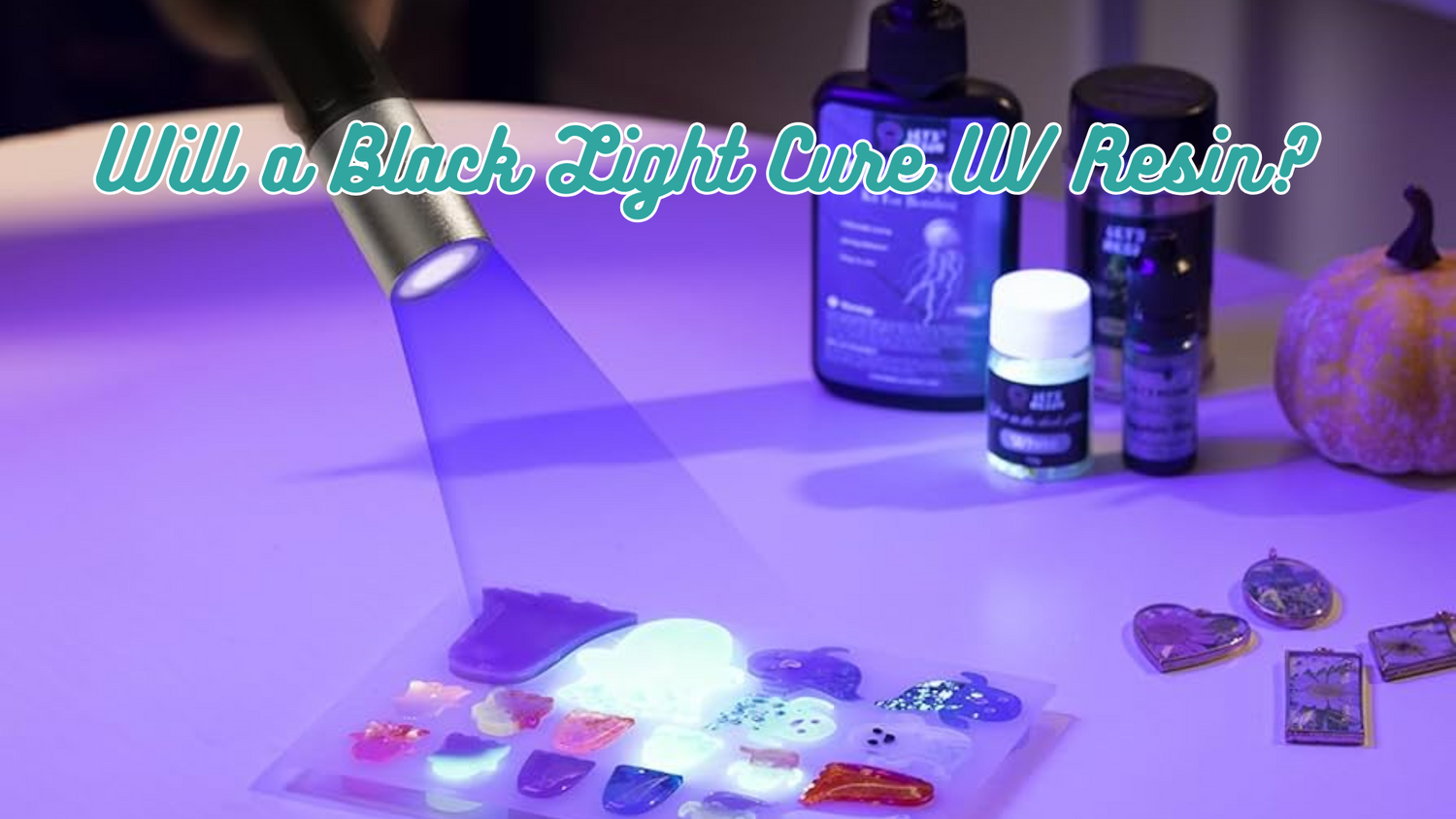
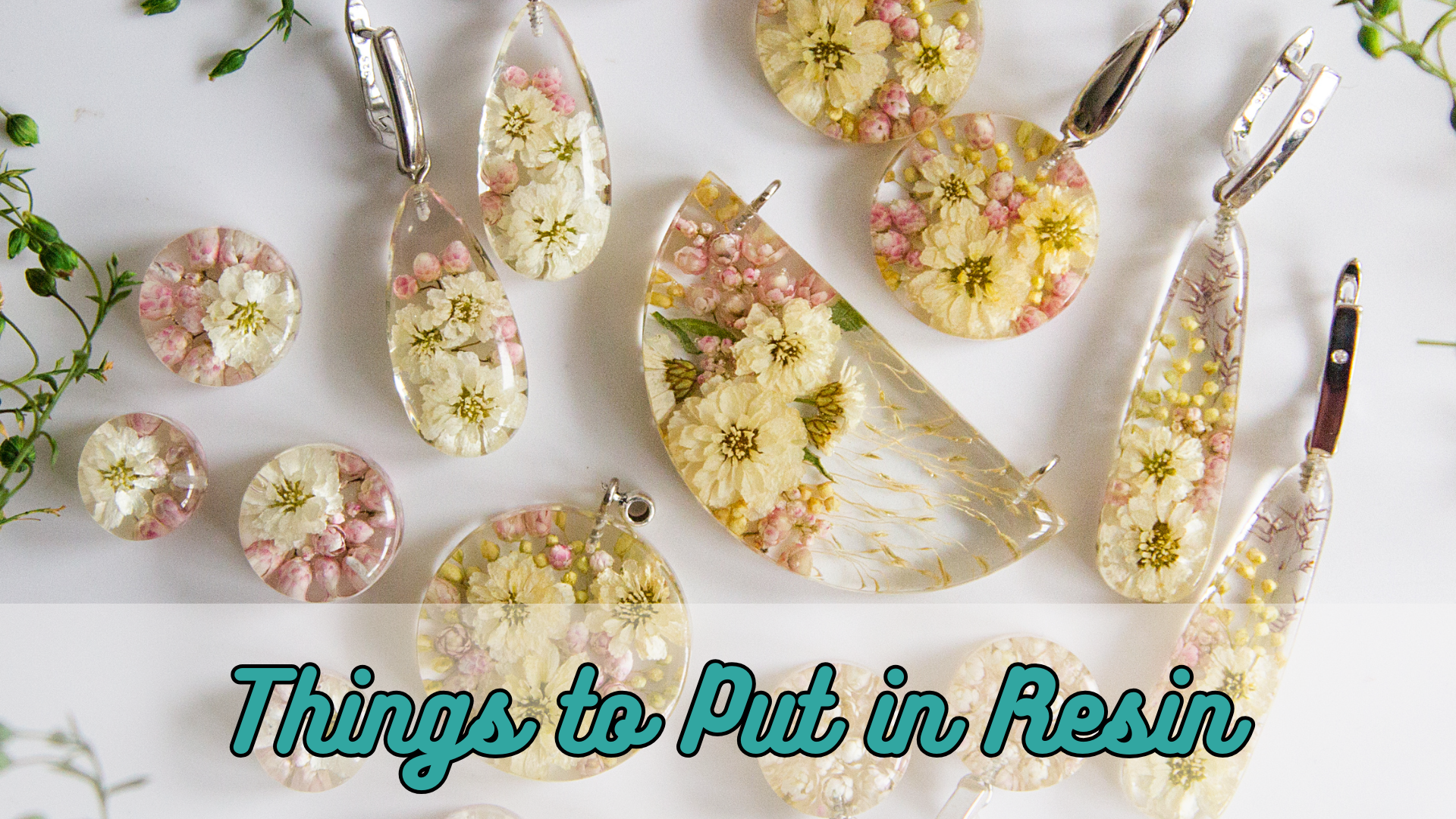
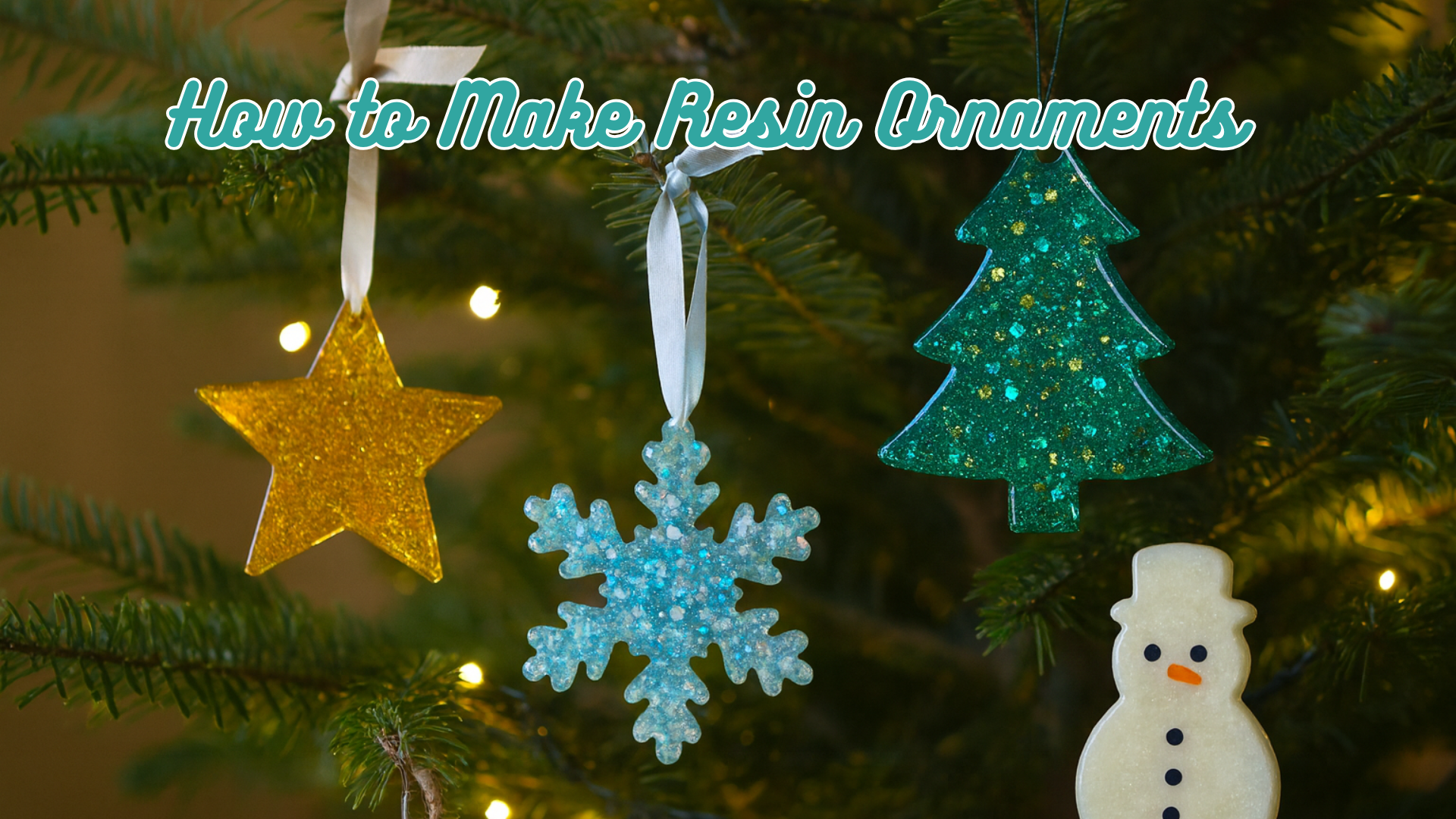
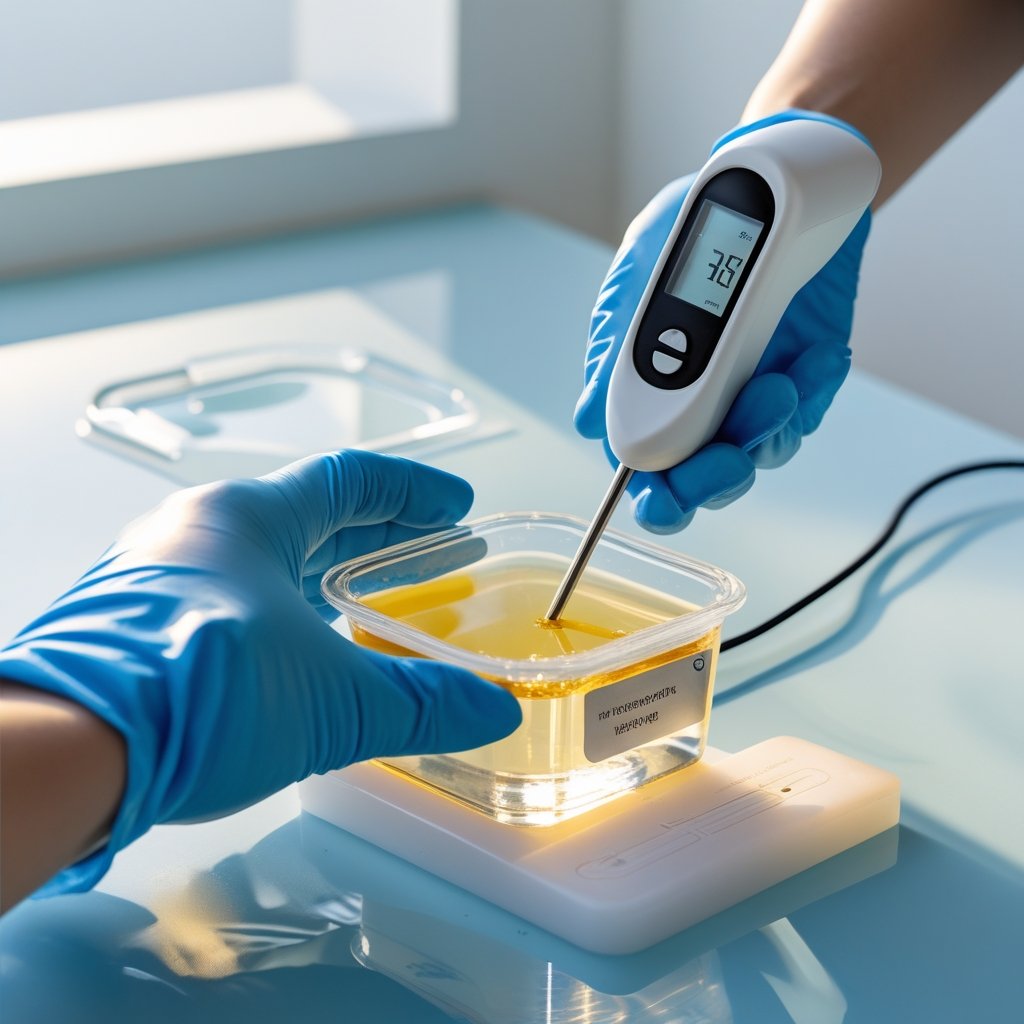
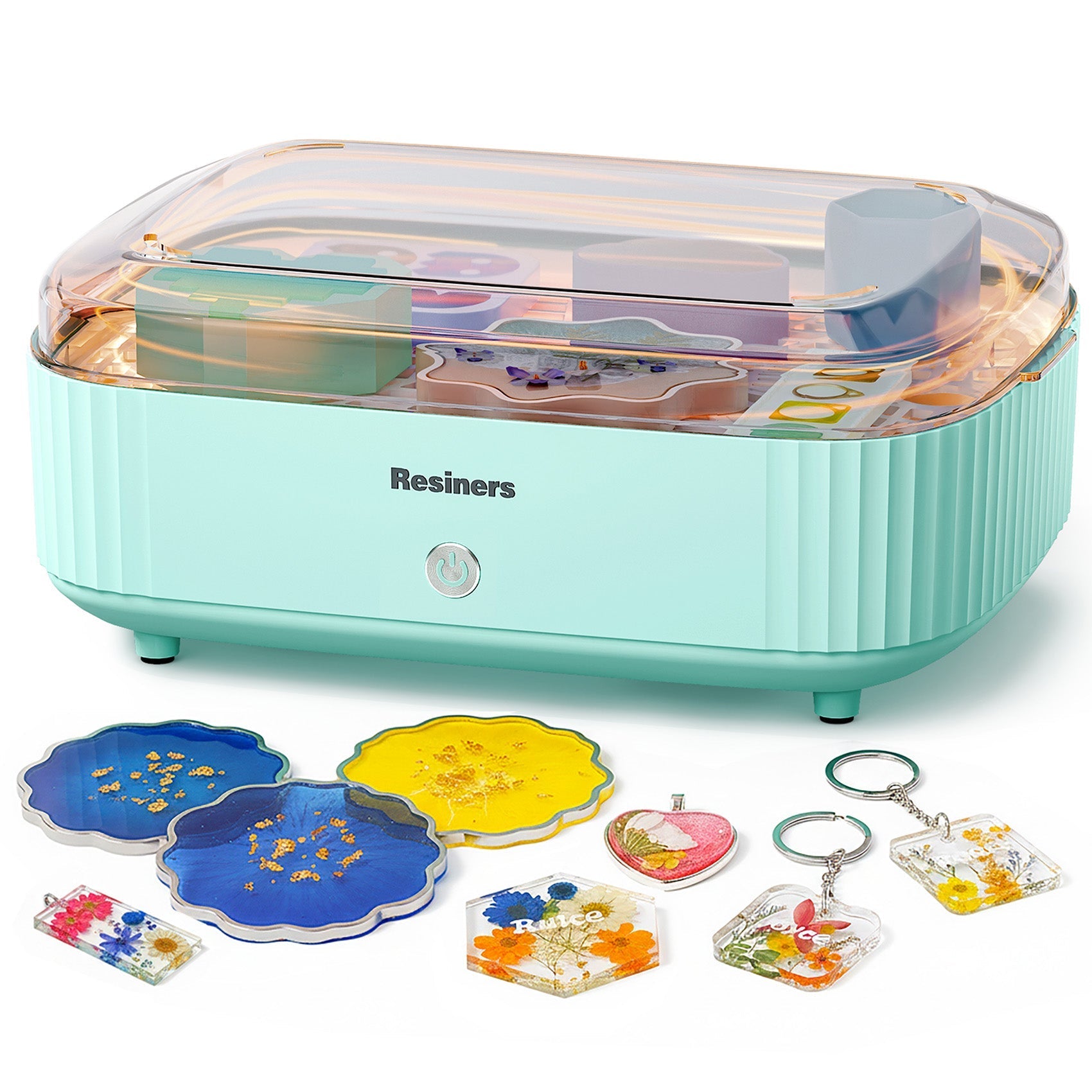
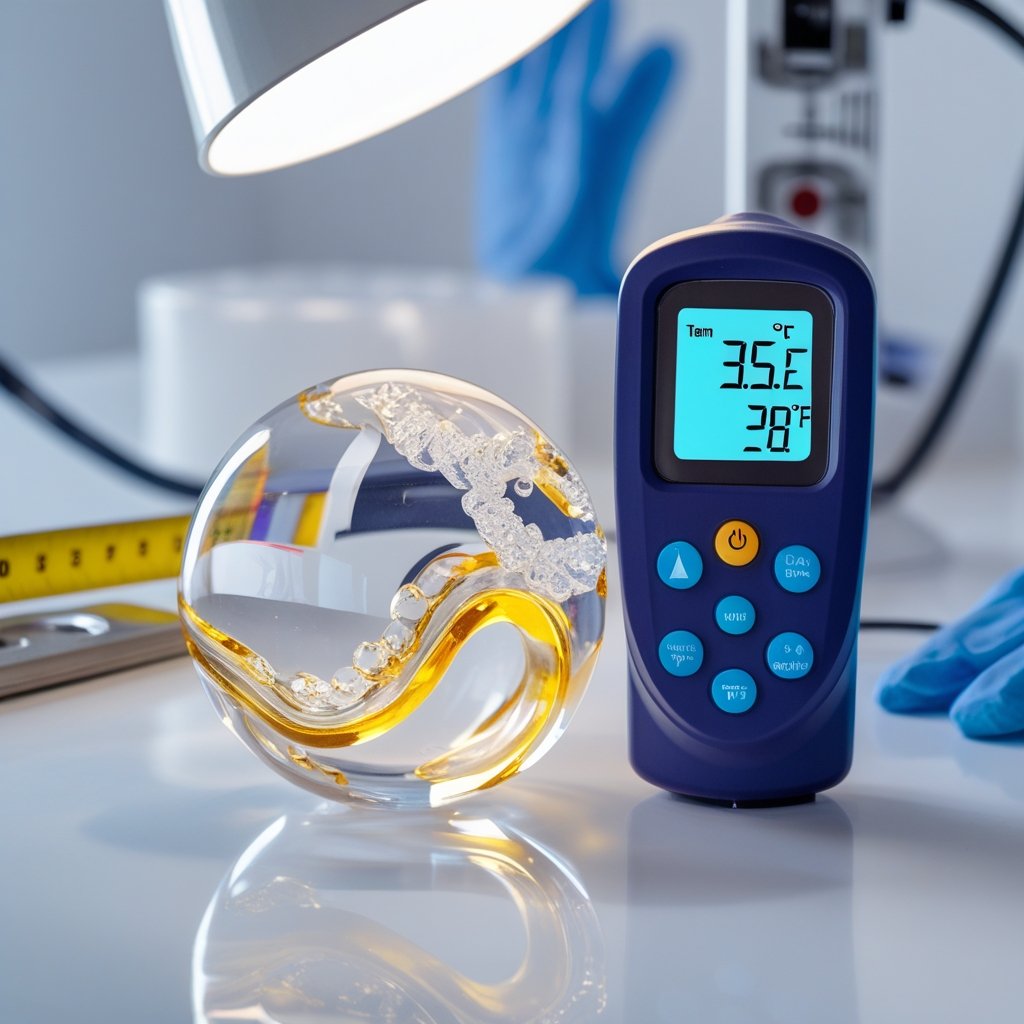

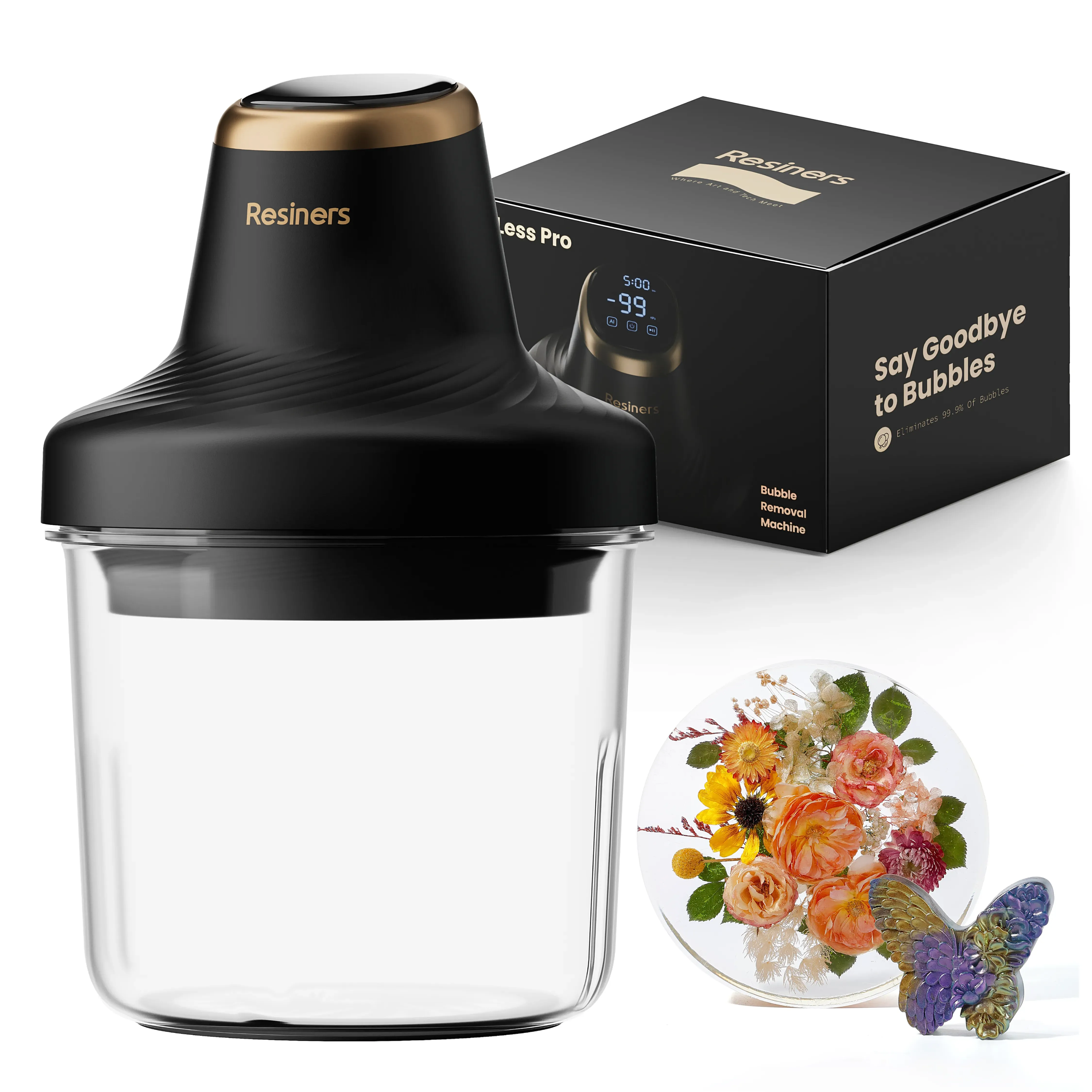
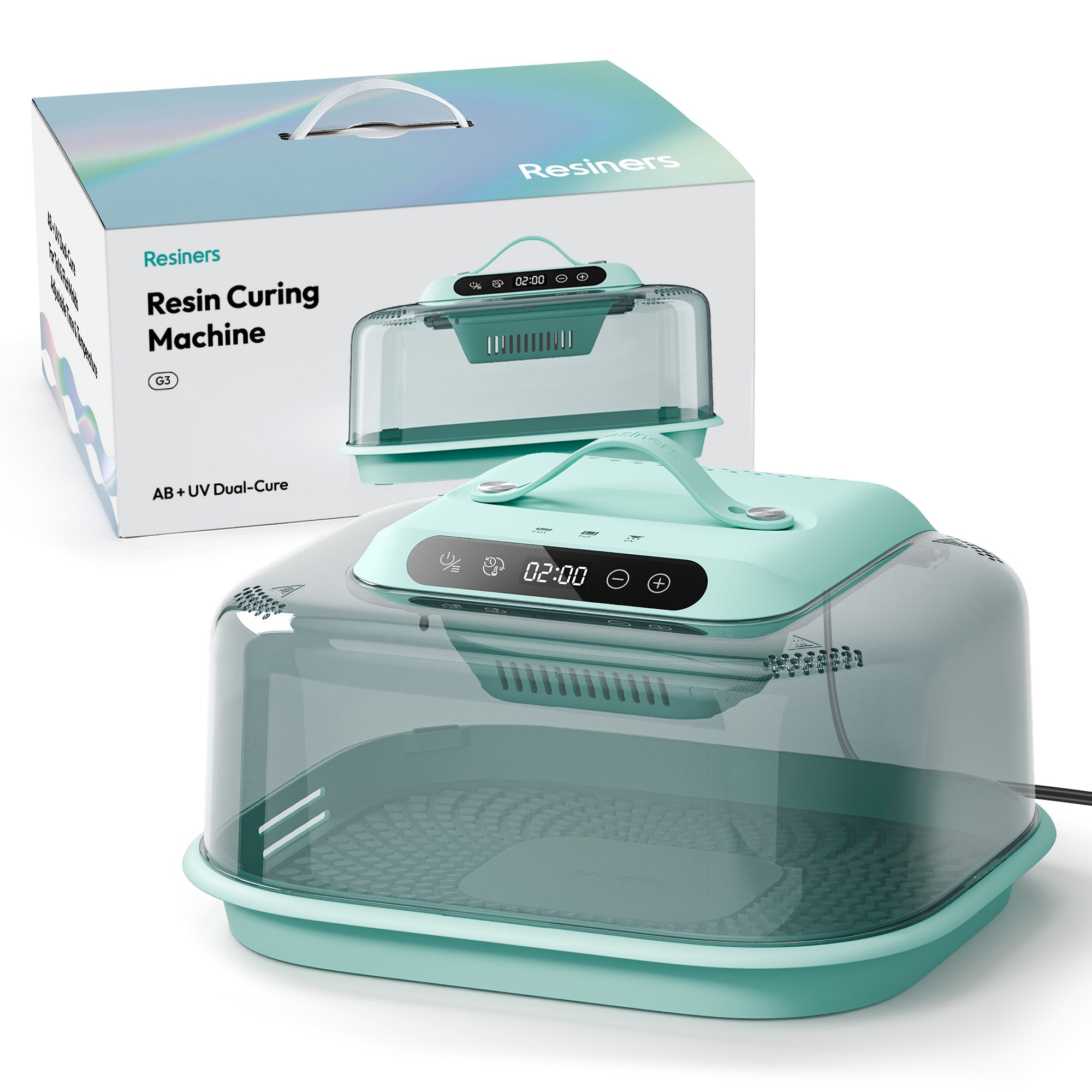

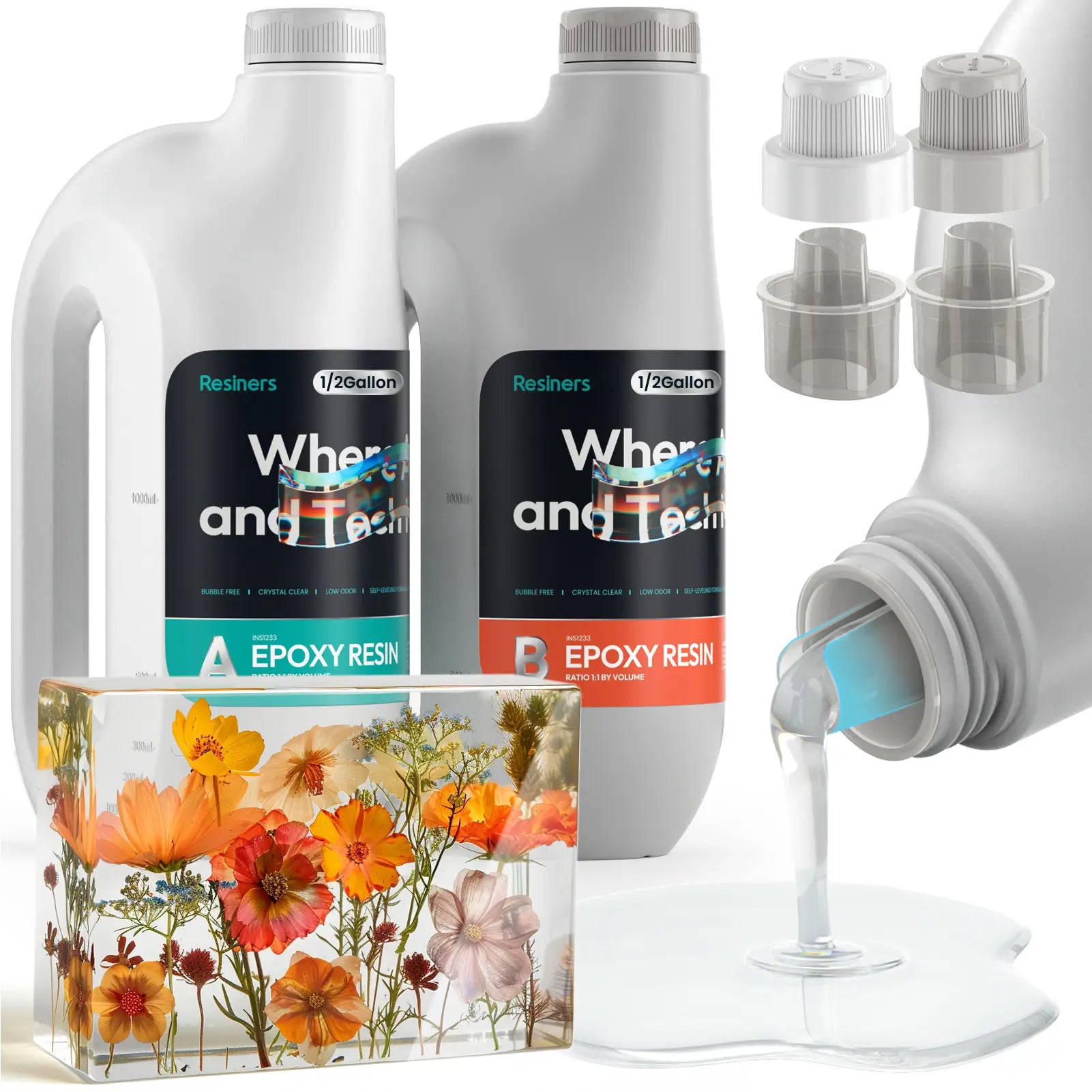
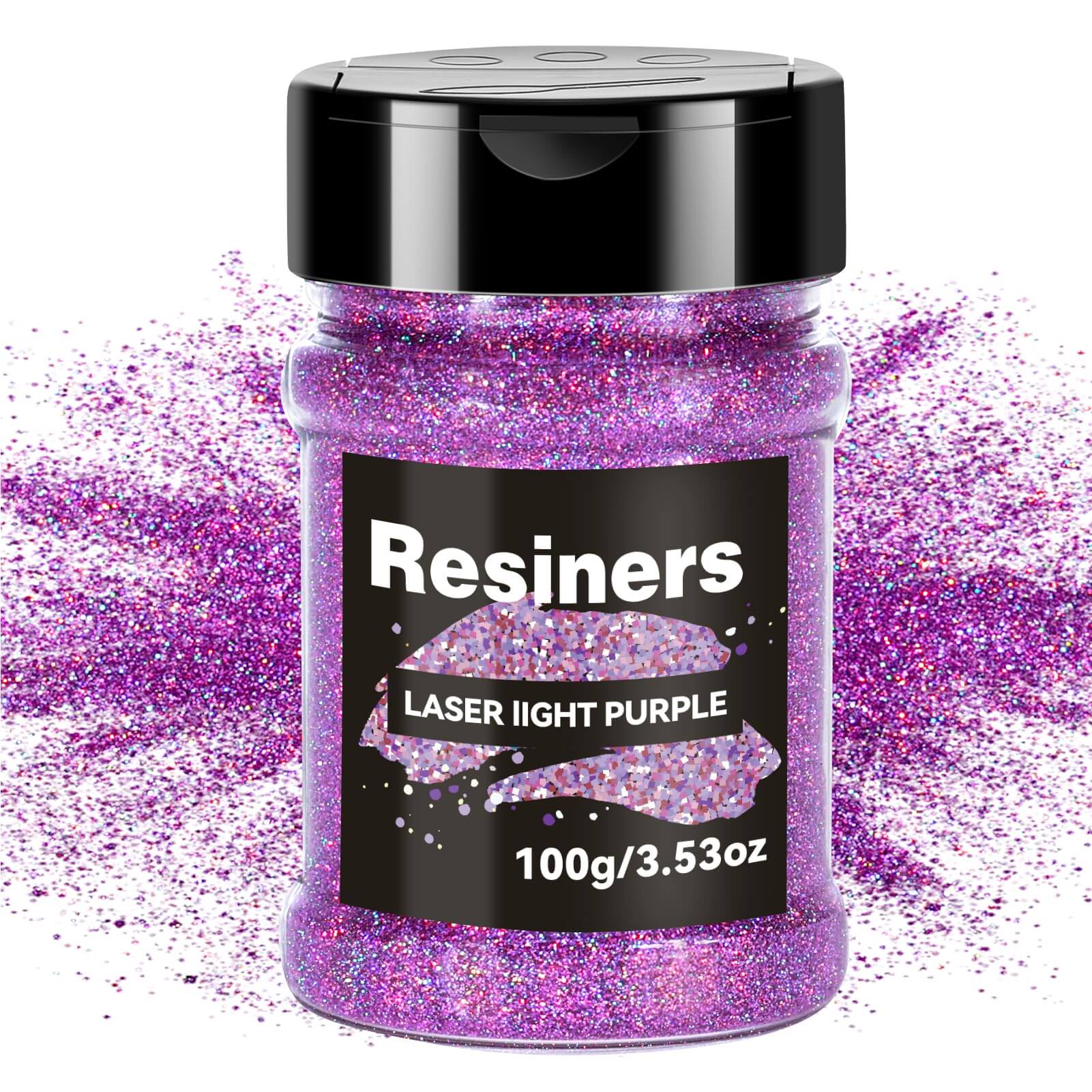
Hinterlasse einen Kommentar
Diese Website ist durch hCaptcha geschützt und es gelten die allgemeinen Geschäftsbedingungen und Datenschutzbestimmungen von hCaptcha.